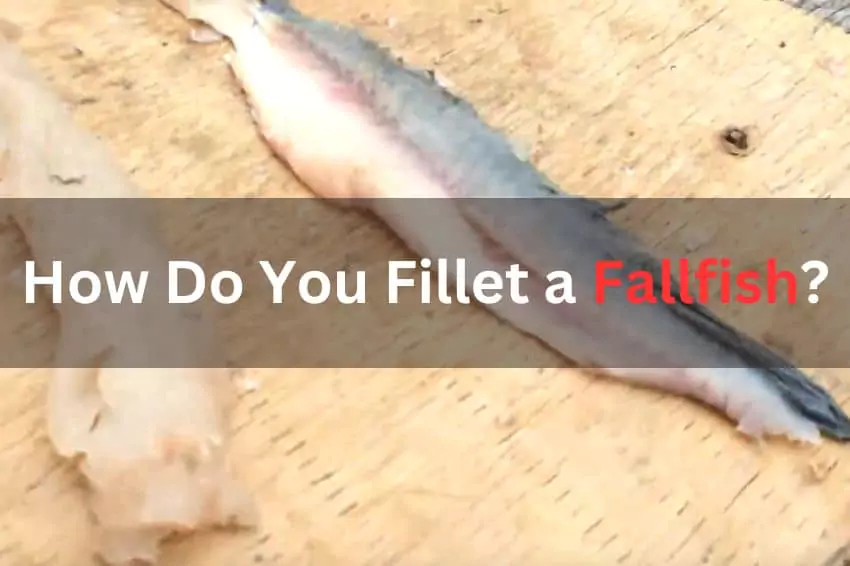The article “How to Fillet a Fallfish” provides a step-by-step guide on filleting this common freshwater fish. This first section will give an overview of the whole article.
Key points:
- Fallfish is a commonly found freshwater fish that can be filtered for consumption.
- Filleting a fallfish requires essential tools and materials, including a sharp fillet knife, cutting board, paper towels, gloves, and a container for discarding waste.
- The filleting process involves cleaning and preparing the fish, making initial cuts along the backbone, removing the fillet from the spine, removing the skin from the fillet, and trimming any remaining bones and unwanted parts.
- Tips for successful filleting include keeping the knife sharp, using gentle pressure and smooth strokes, paying attention to the bones, being patient and taking your time, and practicing to improve your skills.
- Learning how to fillet a fallfish can be helpful for those who enjoy fishing and want to prepare their catch for cooking.
Tools and Materials Needed for Filleting
Before filleting a fallfish, gather all the necessary tools and materials. A sharp fillet knife is essential for clean and precise cuts. A cutting board provides a stable surface for filleting. Paper towels can be used to dry the fish and clean the knife.
Gloves can be worn for added safety but are optional. Finally, prepare a container for discarding waste, such as fish bones and skin. Having these tools and materials ready before filleting will make the process smoother and safer.
- Sharp fillet knife
- Cutting board
- Paper towels
- Gloves (optional)
- Container for discarding waste
Steps for Filleting a Fallfish

Filleting a fallfish may seem daunting initially, but with practice and the proper technique, it can become a simple and efficient process. Here are the steps for filleting a fallfish:
- Clean and prepare the fish by washing it thoroughly and removing any scales or debris.
- Make initial cuts along the backbone on both sides of the fish, from head to tail.
- Starting at the head, use the fillet knife to separate the fillet from the spine, using a smooth and steady motion.
- Remove the skin from the fillet by holding the tail end firmly and sliding the knife between the skin and the flesh, using a smooth motion.
- Trim any remaining bones and unwanted parts from the fillet.
- Repeat the process for the other side of the fish.
Remember to work carefully and use caution when handling the knife to avoid injury. With practice, filleting a fallfish can become a quick and easy task.
Expert Tips for Successful Filleting
When it comes to filleting fallfish, there are a few tips that can help you achieve success.
Firstly, keeping your fillet knife sharp is essential to ensure smooth cuts and prevent damage to the flesh.
Secondly, use gentle pressure and smooth strokes to avoid tearing the meat or leaving bones behind. It’s also crucial to pay attention to the bones while filleting, as fallfish have small, delicate bones that can easily be missed. Be patient and take your time; rushing can lead to mistakes and wasted meat.
Lastly, practice makes perfect, so keep going even if you don’t get it right the first time. With practice, you’ll become more comfortable and skilled at filleting fallfish.
FAQ
Yes, fallfish can be eaten and can be prepared in various ways including filleting and cooking.
It is recommended to use a sharp fillet knife when filleting a fallfish, but a regular sharp knife can also be used.
It is important to use caution when handling the sharp knife and to wear gloves if preferred. It is also important to discard any unwanted parts and waste properly to avoid contamination.





Leave a Reply
You must be logged in to post a comment.